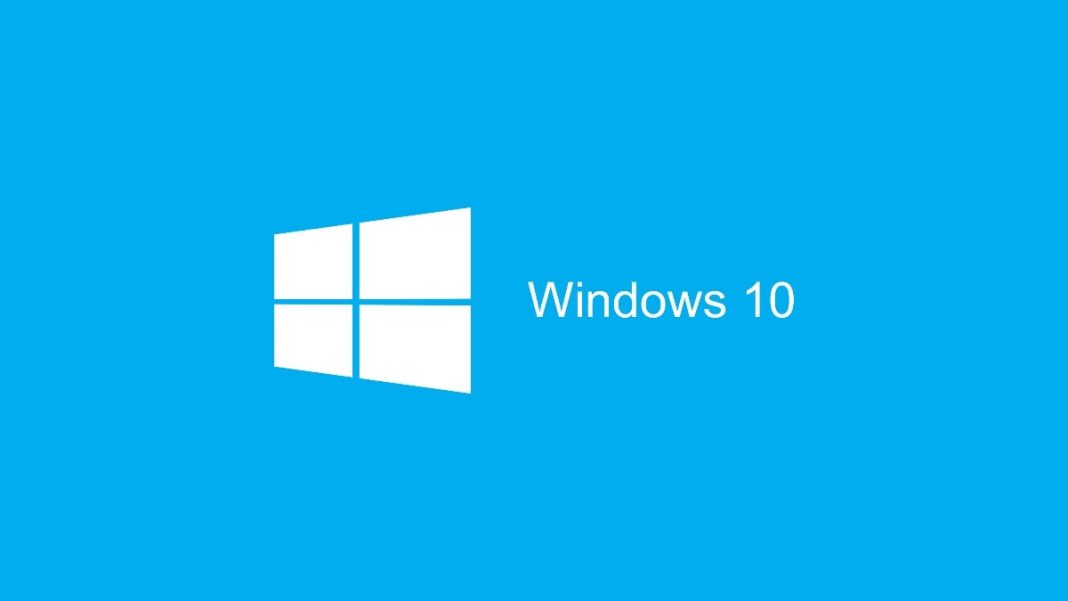Key Takeaways
- Windows 10 loses official support on October 14, ending free security updates
- Around 200 million PCs cannot upgrade to Windows 11 due to hardware requirements
- Users must choose between Windows 11 upgrade, Extended Security Updates, or risk running unprotected systems
- Data backup is essential before making any changes
Microsoft will stop providing free security updates for Windows 10 starting October 14, putting millions of PCs at risk. After nearly a decade of dominance, the operating system’s end of support creates urgent security concerns for users worldwide.
Massive Impact on Millions of Users
Windows 10 remains one of the world’s most widely used operating systems. According to a Forbes report, approximately 200 million computers cannot upgrade to Windows 11 due to Microsoft’s strict hardware requirements. These incompatible devices face complicated choices ahead.
What You Need to Do Now
Your options depend on your PC’s capabilities. Eligible devices can upgrade to Windows 11, Microsoft’s current flagship operating system. For incompatible machines, the Extended Security Update (ESU) program provides critical security patches for one additional year. Choosing neither option means your computer will function without protection against emerging threats.
Essential Data Backup Steps
Regardless of your chosen path, backing up your data is crucial. Both Windows 11 migration and ESU enrollment carry potential for glitches and data loss. Running an unprotected Windows 10 machine makes backups even more critical. Create a full system backup or at least secure your most important files using cloud services or external hard drives.
Safe PC Disposal Methods
Microsoft emphasizes proper disposal for computers being replaced, recycled, or resold. Use Windows 10’s built-in drive erase feature to prevent personal information from falling into the wrong hands. This follows the same security practice recommended for smartphones.
Why Unsupported Windows 10 PCs Are Vulnerable
Security experts warn that hackers will likely target machines no longer receiving updates. With millions of PCs expected to remain on Windows 10, the operating system could become prime territory for cyberattacks. Consumer advocacy groups note that many users cannot afford new devices, despite Microsoft’s push toward AI-enhanced computers with features like Copilot.




